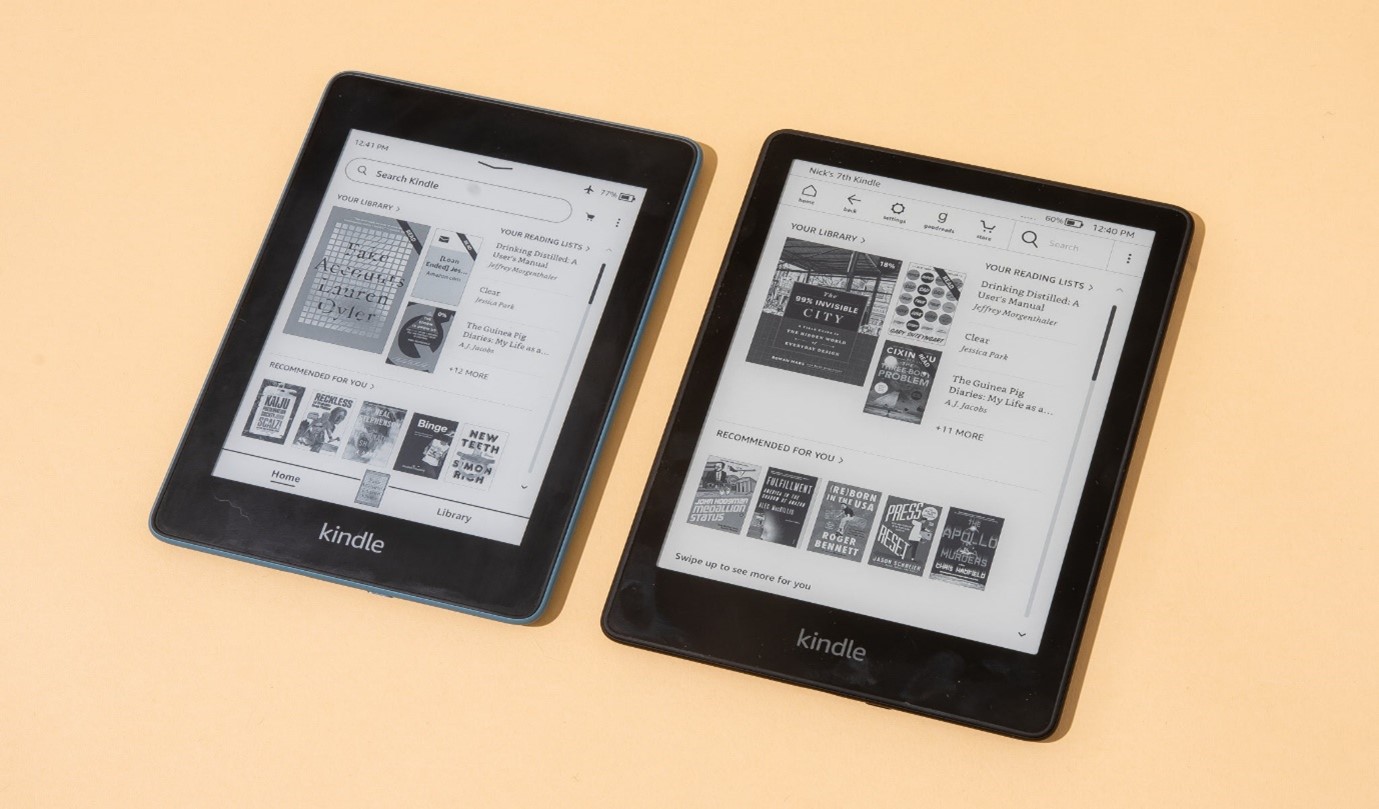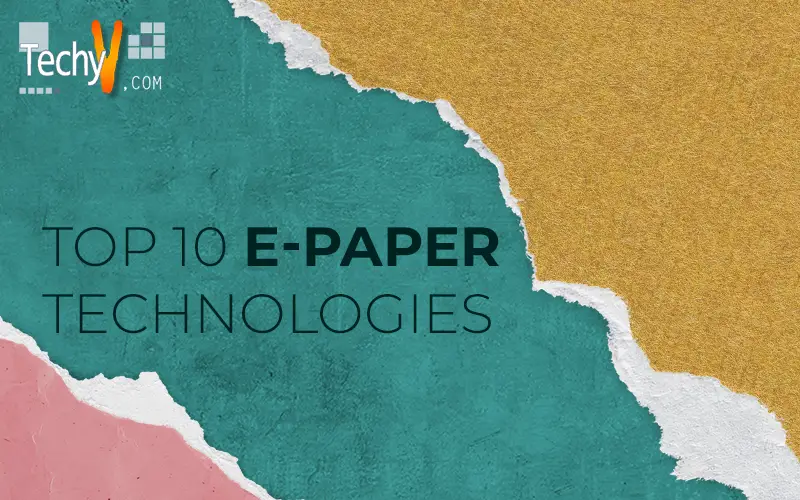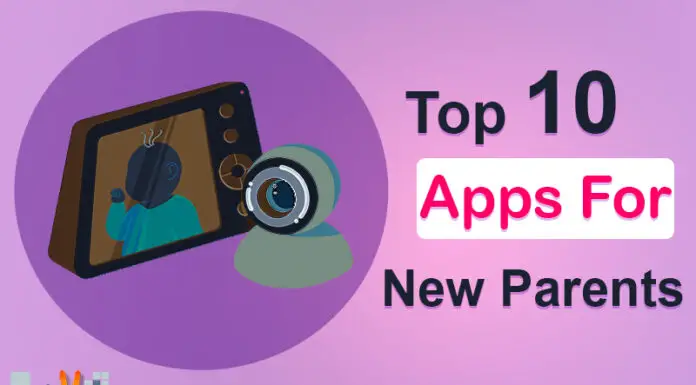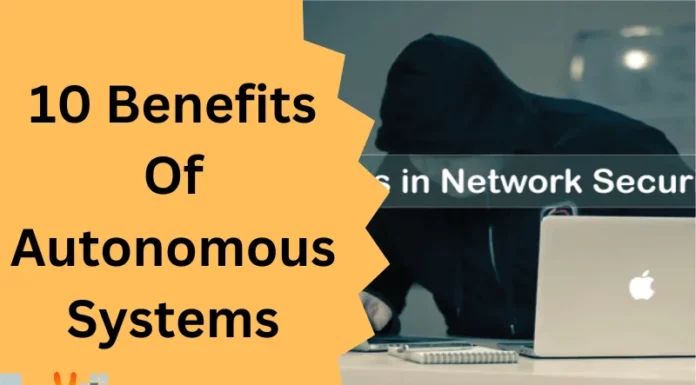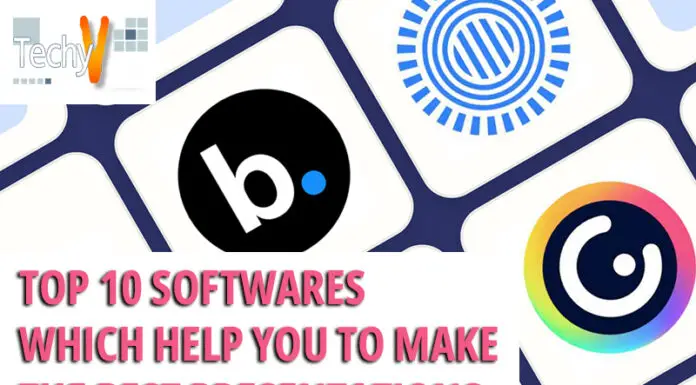E-paper is an electronic display technology that resembles paper and is made famous by the Amazon Kindle. E-paper can be employed in devices without the power budget of a standard LCD because it is a bistable display technology. After an EPD’s text and images have been generated, no power is required to keep the display active. E-paper uses so little power that energy captured from the environment can be utilized to update the show, allowing RFID or NFC technology with battery-free EPDs.
1. Color E-Reader
A significant issue loomed over e-paper during the early stages of the development of electronic ink, the fundamental technology that underlies it, and even more so after the introduction of the Kindle: When will we see this miraculous display in dazzling, flaming color? Given our experience with the technology, when E Ink’s experts first began investigating electronic color ink in the early 2000s, they believed it would take only a few years to materialize. After all, it only took ten years for black-and-white electronic paper to become commercially viable. Unfortunately, the path to completing color took much work. But we eventually crossed the rainbow, much like Dorothy in The Wizard of Oz.
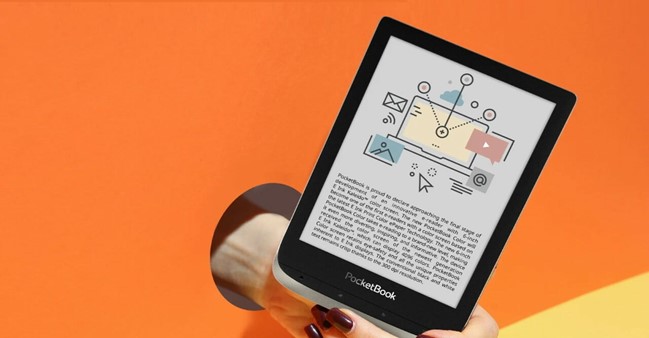
2. Electronic Shelf Labels
Because of the Internet’s phenomenal growth, countless retail merchants have shifted to online operations and virtual malls where they can finally say goodbye to their employees and electricity costs and stop bleeding store rent. Although physical stores still have actual worth and attraction, change is looming and unavoidable if we are to avoid the terrible fate of ultimate extinction like the dinosaurs of old—the secret to surviving lies in the ongoing optimization of business operations. Using electronic shelf tags is a giant leap forward since they make more money by cutting costs and transforming the entire façade by increasing tag readability and operational effectiveness.
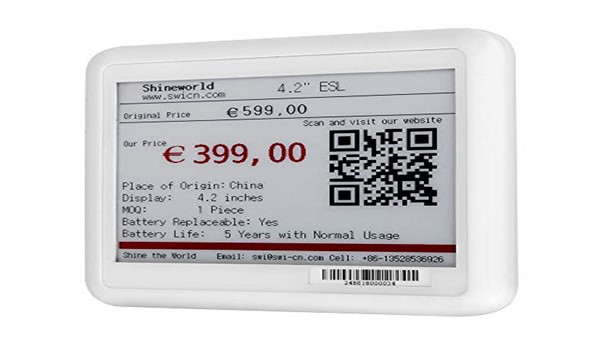
3. The New “No Knobs” Etch-A-Sketch
Electronic devices frequently succeed best when they copy something non-electronic. Therefore, most screens are inadequate substitutes for paper. E-paper is an exception. These displays maintain their image even in the absence of power and exhibit good contrast even in direct sunshine. The Raspberry Pi is connected to optical encoders used in the drawing toy. The Python source code is offered. Even if you don’t intend to copy the toy, it’s interesting to see how the displays compare. We hoped he’d added an accelerometer to shake it off, but you’ll have to add that function yourself. In the video, he also suggests that magnets might work with a real Etch-a-Sketch. There isn’t. It is an aluminum powder that adheres to the plastic and must be removed using a stylus.
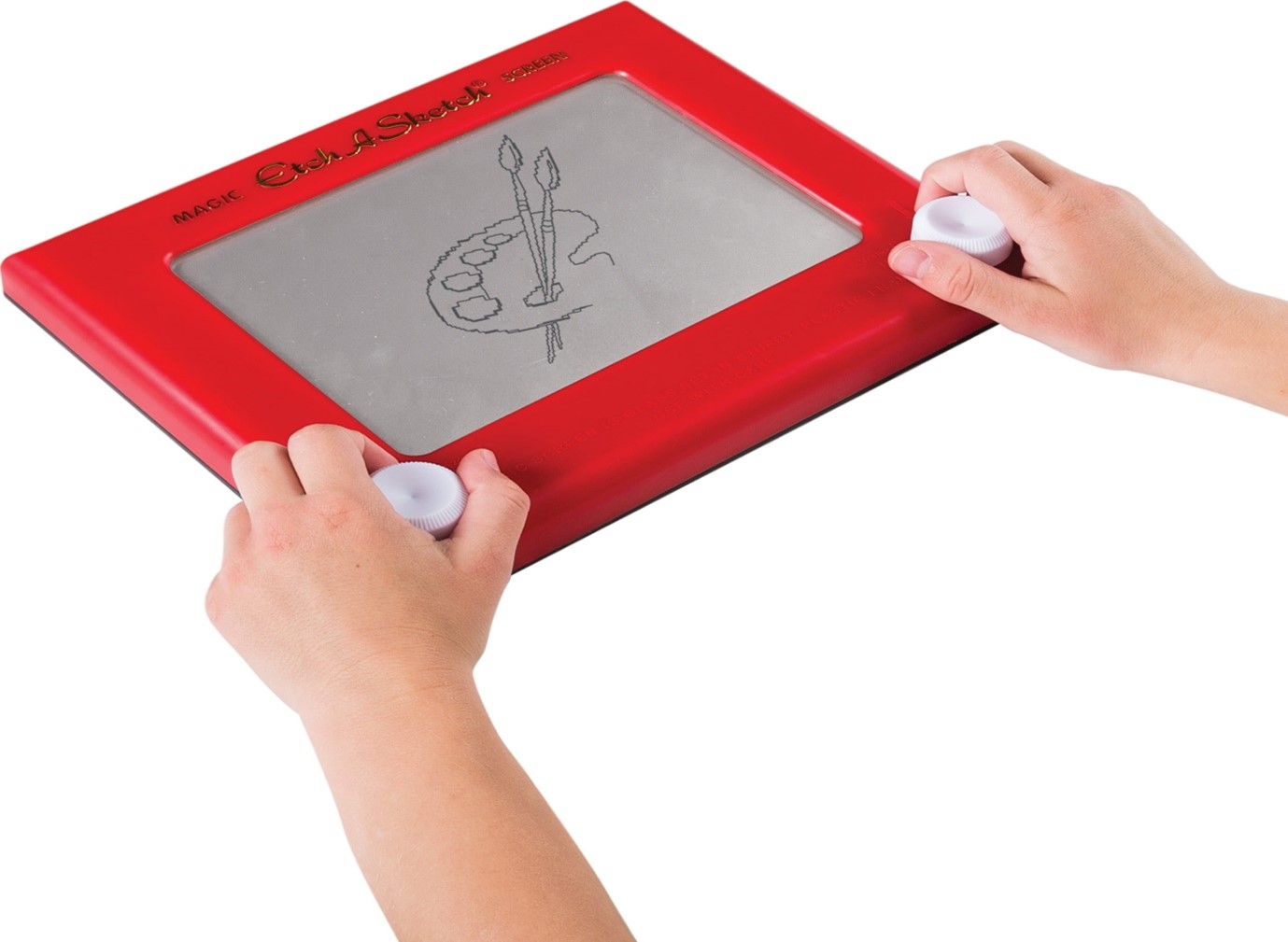
4. No Glow
No light is projected out of the screen, no bright glow keeping your companion awake while you read in bed, and no blue LED light that can disrupt sleep cycles, unlike standard backlit displays or more recent emissive displays.
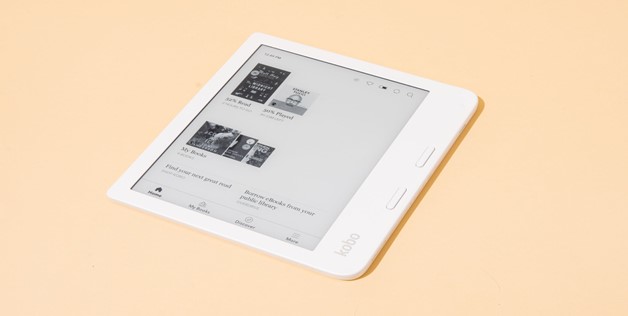
5. Bistable Technology
E-paper displays use “bistable” (or “bi-stable”) technology, in which the system alternates between merely two stable states, which is why they are so energy-efficient. Each ink capsule in the e-paper has white (positively charged) and black (negatively charged) particles. When a capsule’s top is positively charged, the white particles are repelled, the black particles are drawn into view, and vice versa. The display image’s component capsules (such as a white backdrop with black letters) can be moved into place and remain static without requiring energy. Even if the entire power supply of an e-paper display is removed, the fresh image will continue to be displayed on the screen because electricity is only required to move the particles.

6. Energy Efficient
E-paper displays use only 1% of the power of LCDs. Because of their effectiveness, shelf labels and other modest displays could survive for years. A normal ESL only consumes about 3.65 milliampere hours (mAh) each year, or 0.012 mAh per day. A standard coin-cell battery’s stated capacity is 220 mAh, and its label guarantees a very long life. Due to their low power requirements, even large e-paper installations can be set up almost anywhere and run entirely on solar power without needing a wired electrical source. For instance, Australia’s New South Wales state capital now features 100% self-sustaining traffic signals powered by solar energy, a plentiful natural resource in Australia. Furthermore, Australia’s e-paper signage had a 0% failure rate after four years of usage, indicating the robustness of the technology.
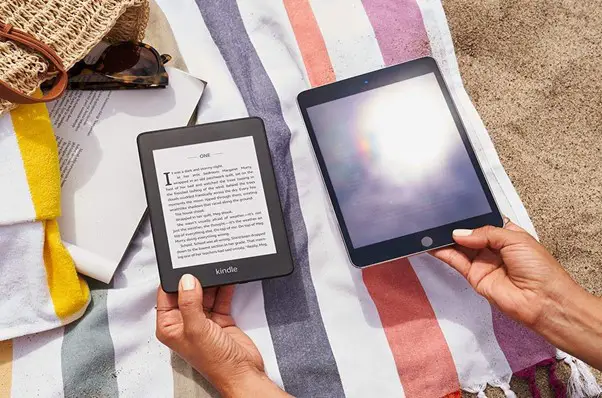
7. Color Adaptable
Color-adaptive electronic device cases. Your cell phone’s plastic case can be customized in color and pattern. Put another way; you can change the phone’s hue to a formal black-and-white for business or a vibrant and lively color pattern for a social outing. Heikenfeld stated, “It will be able to change color either automatically by reading the color of your wardrobe that day or using a downloaded app. This is doable. Because of low-power, reflecting technology, it is conceivable.”

8. Glow Boards
The Glow Board from Crayola is based partly on UC technological advancements, which Crayola later licensed. Children can draw on a light-up surface in the toy, but the technology has numerous other uses that consumers will soon be able to purchase. These include illuminated indoor and outdoor signboards that appear to be clear windows when they are off.
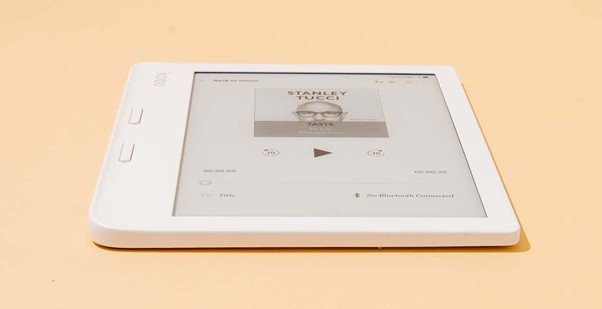
9. Foldable Or Roll-It-Up E-Devices
Utilizing initiated chemical vapor deposition (CVD) for polymerization of the resistive switching layer and inkjet printing of the electrode, foldable organic memory on cellulose nanofibril paper with bendable and rollable characteristics is demonstrated. CVD based on an all-dry and room temperature process is very suitable for paper electronics. In contrast to earlier reports, this memory has a low operating voltage of 1.5 V and a large memory window. After folding tests, the memory performance is still strong, demonstrating great endurance. Furthermore, security applications are drawn to the quick and comprehensive disposable nature illustrated here. Finally, based on inexpensive and adaptable materials, this approach offers a strong foundation for environmentally friendly, foldable, and disposable electronics.
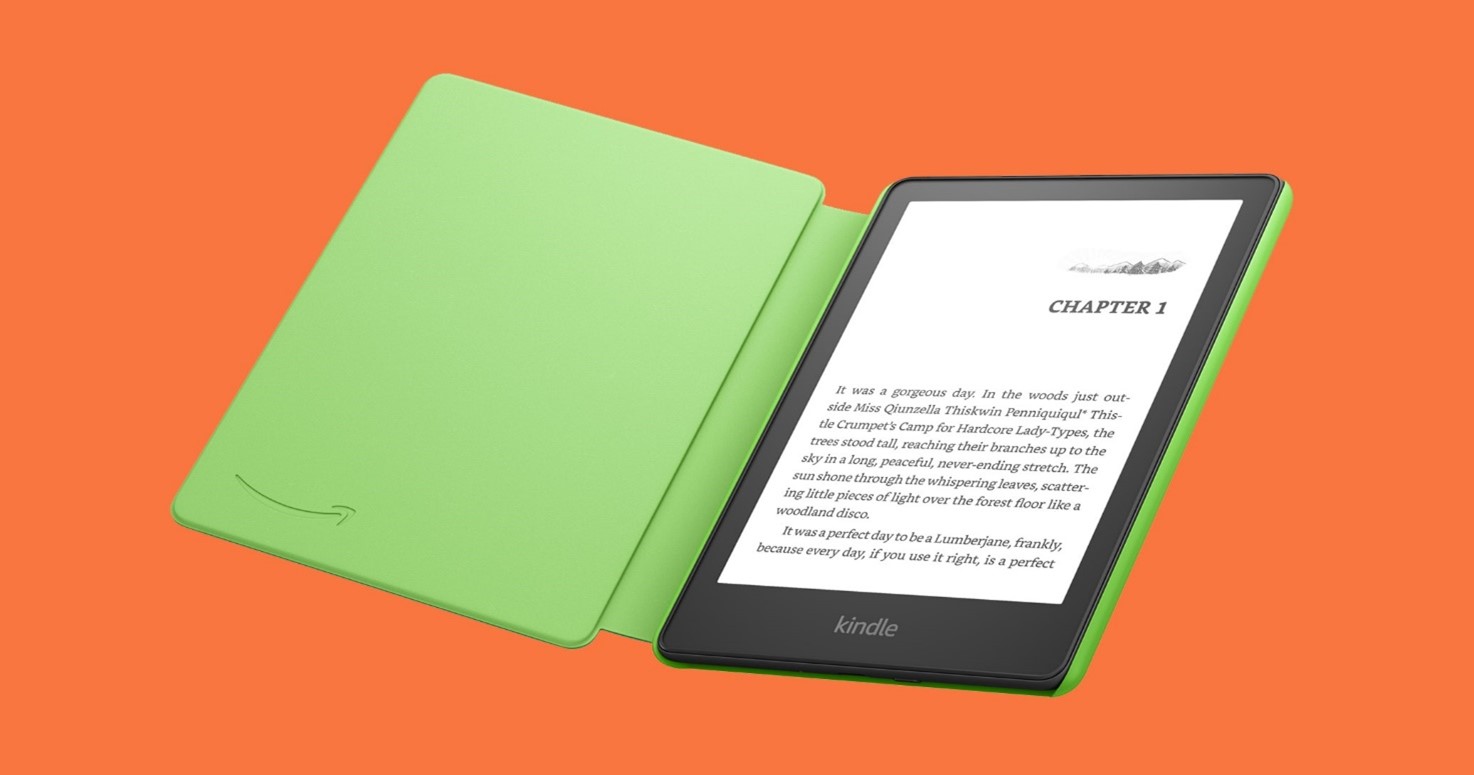
10. E-Sheet
The e-Sheet is an almost impervious electronic gadget that is as thin and rollable as a rubber place mat. It will be interactive, full-color, and power-efficient because it will be charged by ambient room light and sunlight. But because it will have Wi-Fi connection ports and be extremely “tough,” you can leave it outside in the rain all day. The thin, extremely flexible casing won’t be harmed by washing it or dropping it.
